The Chatham Arts Council is investing in artists through our Meet This Artist series, introducing you to 12 Chatham County artists each year in a big way.
The fine folks at Hobbs Architects in downtown Pittsboro are powering our Meet This Artist series this year. Architecture is art, and the Hobbs crew values art in our community.
Take a look. Meet your very inspiring neighbors. Meet This Artist.
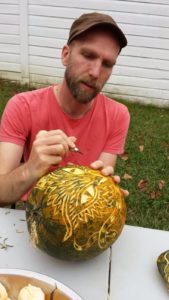
Jan Burger has been making art since he was a child, drawing inspiration from European comics and attending political puppet shows with his parents in New England. Today Jan is part of the duo that heads up Paperhand Puppet Intervention, which puts on large scale puppet shows every summer in Chapel Hill, among other places. Jan has lived as an artist and activist in Bynum for years, and through his work with the Haw River Learning Celebration has cultivated a relationship with the famous Clyde Jones, whom we are celebrating this month with our ClydeFest-To-Go virtual event. In this interview with the Chatham Arts Council, Jan talks about his life and journey as an activist and artist here in Chatham, including what he’s been up to since he’s been quarantined for the past month.
Tell me a little bit about yourself.
I helped start a theater company called Paperhand Puppet Intervention, and we’ve been at it for over 20 years, making giant puppet shows, doing parades, helping with rallies, and other kinds of activist work. I also do other kinds of artwork, such as paper cuts that we use in our shadow puppet shows and paper cuts that are physical objects that get made into posters and stuff for different kinds of activist work. I do a lot of work around the climate and ecological crisis, such as making images for posters and banners that get used by different groups around the world, such as 350.org and other organizations. I’m always, as an artist, just trying to figure out how I can best serve the world. I don’t usually make much art just for art’s sake; most of my art usually ends up having some sort of function or purpose. The best example is the giant puppet show that we do at the Forest Theater and the NC Art Museum every summer where I feel like the story that I want to tell can be useful in people’s lives to help them think about what’s happening in the world.
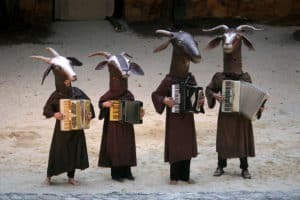
Have you always considered yourself an activist? How did that begin for you?
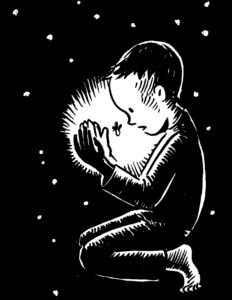 When I was rolling around in my mom’s belly, she was protesting the Vietnam war, so I got a taste of that when I was still in utero. I remember going to an early Earth Day event as a kid in the 70s. I’ve been doing different kinds of activist work most of my life and I usually try to bring in some sort of art element because that’s what I know how to do; I try to add my skills that way.
When I was rolling around in my mom’s belly, she was protesting the Vietnam war, so I got a taste of that when I was still in utero. I remember going to an early Earth Day event as a kid in the 70s. I’ve been doing different kinds of activist work most of my life and I usually try to bring in some sort of art element because that’s what I know how to do; I try to add my skills that way.
Have you always considered yourself an artist, even from your early days?
Yeah, pretty early. I remember being really bored in kindergarten or first grade and noticing that my brother was learning how to draw, and thinking that was really cool. And just like that, that intense boredom drove me to learn how to draw, too. Then this whole world of imagination and creation opened up to me.
How did you get into puppetry?
My parents used to take us to the Bread and Puppet Theater in Northern Vermont almost every summer, where we would camp out with thousands of other people in the farm fields around the theater and walk to go see the puppet shows, which were on a massive scale. It was very political and very absurd, but also powerful and sad. At the end of the show, they would do a pageant, which always featured a kind of gigantic Mother Earth puppet that was mounted on old farm carts. They would roll it down the hill with dozens of puppeteers operating it and the other puppets in the pageant.
How did cartooning become an interest?
It’s just something that I grew up loving. My dad, who is Dutch, would translate these really cool Dutch comics for us when we were kids that my grandparents would send us from Holland. I would also read a lot of European comics like Tintin and Asterix. I wasn’t a strong reader but I could follow the stories just by looking at the pictures and understanding what was happening in sequence. I think that I understand that form of storytelling better than I do the written form, which translates very well to puppetry. A lot of our shows have no words at all, just sounds. In comics, you’re also telling a story without sound in a sequence, like a storyboard that people use for movies. There’s a lot of shared language among the different art forms.
Do you come from a family of artists?
Yes, my dad was a mural painter and an artist in different ways when I was a kid. My mom was also an artist and they both did a lot of art and drawings for the old leftist newspapers and stuff like that. They were both activists and artists.
How did you end up here in North Carolina and specifically in Chatham?
So as a feckless 20 year old, not knowing what to do with myself after dropping out of high school, I ended up hopping trains and hitchhiking down here from Boston to visit a friend who was living down here. I really loved it here; the pace of life was much slower than in Boston and people were very comfortable just chatting and talking about stuff. A lot of the folks I met, when you asked them what they did, they would say things like, well, I live in a teepee or I’m a storyteller. That kind of environment just felt like it would provide breathing room for me to be able to figure out what I wanted to do. Plus my friend here, Louise Kessel, told me I could live in her house for free and work on my puppets, which seemed like a dream opportunity after living in San Francisco.
Louise, who I’m sure you know, is a mover and a shaker here in the area and runs Clapping Hands Farm. She’s a storyteller, community activist, and she started, with others, the Haw River Festival and Learning Celebration. That’s one of the reasons that I came back to North Carolina every year, even when I was living away, was just to be part of this incredible festival to teach kids about the river and to help promote the health of the river and to build community. It was kind of a home away from home. Most of my friends that I have nowadays, I met through that project.
So I moved down here and lived in Louise’s house in Bynum and made puppet shows. My first puppet show with my partner Emma was for the Haw River Learning Celebration. My friend Donovan, who I also met through the Haw River Learning Celebration, came down to help us make this show. Ever since then, we’ve just been making puppets for the last 20 years or so. And that’s also where I met Clyde.
Tell me about your relationship with Clyde.
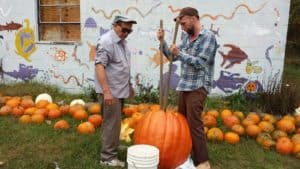 He is just such an amazing character and was so completely the opposite of any artist I’d ever met. He was just kind of letting the art happen; just letting it come out of him, and doing it because he wanted to do it. His whole ethos of not really selling his art but just doing it for the kids was a good lesson for me and a good example. I would watch and follow his lead. I remember thinking to myself, “Why can’t I make art that way? Why can’t I just do what feels most elemental? Why can’t I just let it happen and not worry so much about the end result?” He’s kind of a Zen teacher that way to all of us. You can just be where you’re going to be and make your art and defy all the expectations of what you need to be in the world.
He is just such an amazing character and was so completely the opposite of any artist I’d ever met. He was just kind of letting the art happen; just letting it come out of him, and doing it because he wanted to do it. His whole ethos of not really selling his art but just doing it for the kids was a good lesson for me and a good example. I would watch and follow his lead. I remember thinking to myself, “Why can’t I make art that way? Why can’t I just do what feels most elemental? Why can’t I just let it happen and not worry so much about the end result?” He’s kind of a Zen teacher that way to all of us. You can just be where you’re going to be and make your art and defy all the expectations of what you need to be in the world.
What do you think he has such a connection with children? What do you think draws them?
Well, my daughter was terrified of him when she was little, mostly because of his loud mower and the way he would bray like a donkey at unexpected moments. But she’s learned to like him a lot, I think because he’s so different. As adults we have a certain script that we tend to go by in the world and his script is just a different script. He’s his own person. Sometimes he’s loud at five in the morning or sometimes he brays like a donkey, but he’s also consistently thoughtful and caring to everybody.
He’s an example of how you can be in the world. You don’t have to be what the expectations are. I think that’s fascinating to kids and to adults as well. But kids are wide open, so ready to see that and experience that. I mean, who else has all kinds of wooden critters in their yard with saddles on them so that you can go and jump on them and ride them? Most people don’t have that. It’s kind of a radical act.
What do you think is special about folk art?
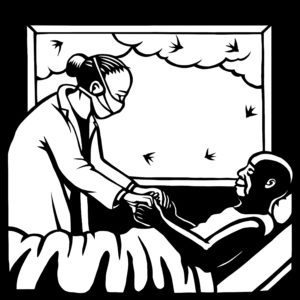 I think that there is something that unites folk artists. Every one, of course, is unique and different, but for the folk artists that I’ve met, they’re united by the idea that they’re doing what they’re doing, for the most part, without expectations of fitting into the mold of creating and selling art. I think if you take that element out of it, then it exists for a different reason. Your act of making art is done for a different reason.
I think that there is something that unites folk artists. Every one, of course, is unique and different, but for the folk artists that I’ve met, they’re united by the idea that they’re doing what they’re doing, for the most part, without expectations of fitting into the mold of creating and selling art. I think if you take that element out of it, then it exists for a different reason. Your act of making art is done for a different reason.
Last question. What type of art have you been doing while you’ve been quarantined over this past month?
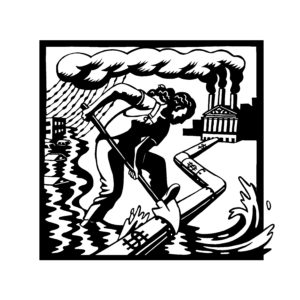 I’ve been furiously cutting paper cuts for a campaign called #JustRecovery. They’re such cool objects, especially the shadows that they cast. I’ve been trying to get all those done in the last few days. Last week I made a mural with some friends. For Earth Day we were planning on taking over the streets and painting murals on the streets to highlight what was going on but most of our Earth Day plans have been canceled. So we ended up painting it on the side of our friends’ shipping container.
I’ve been furiously cutting paper cuts for a campaign called #JustRecovery. They’re such cool objects, especially the shadows that they cast. I’ve been trying to get all those done in the last few days. Last week I made a mural with some friends. For Earth Day we were planning on taking over the streets and painting murals on the streets to highlight what was going on but most of our Earth Day plans have been canceled. So we ended up painting it on the side of our friends’ shipping container.
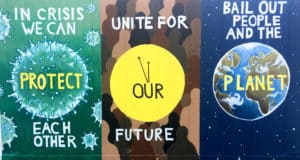
For more information about Jan and his work, visit his website at http://janmartijnburger.com/
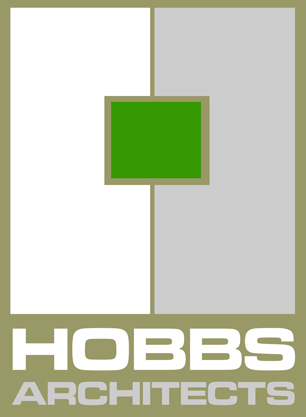
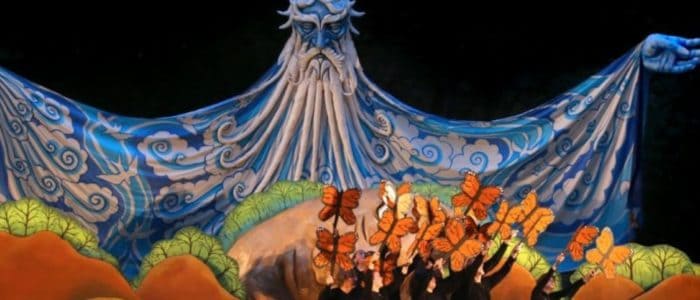
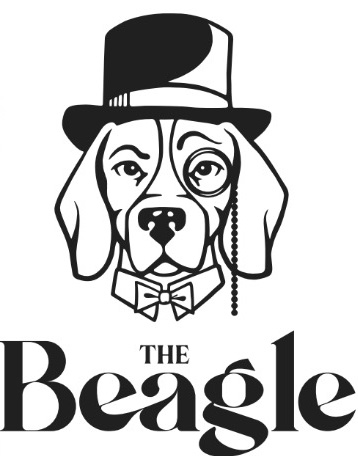

Love this! Such great stories, and such an interesting life! Thanks, Jan!
Jan is a wonderful artist, so glad to see his work posted. I really enjoyed the article and learning about his friendship with Clyde, whose artwork I also love.